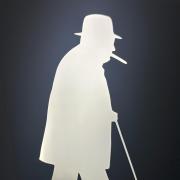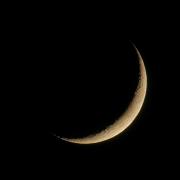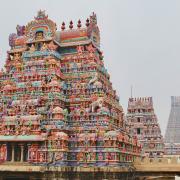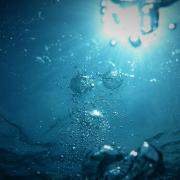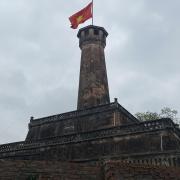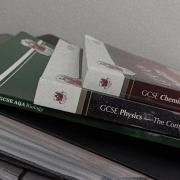
So what are watercolour pencils?
Watercolour pencils contain a binder, unlike traditional colour pencils, which makes them water soluble. Upon contact with water or alcohol, high quality ones are known to create smooth, vivid and highly saturated colours.
Bill Nicholson is the director of sales and marketing for the arts and graphics division of Faber-Castell. He describes the pencils as "designed to perform like watercolors - to dissolve and produce beautiful transparent effects."
Nicholson explains that "[w]hen the watercolor pencils dry on watercolor paper, the pigments bond with the paper - then a new layer of transparent color can be added on top." He also mentions that "[p]urchasing high-quality watercolor pencils is also essential, because some pencils contain little or no pigment and are not lightfast."
These new watercolour pencils are beginning to pose a challenge to traditional watercolour - could they triumph in this?
The main advantage they have is that the pencils seem to be an easier, more convenient, available and precise alternative to watercolour paints. They're portable and a more economical option.
The pencils offer more control than a brush and make pinpoint precision for colour less of a challenge. They're a perfectly suited transition from coloured pencils to a new medium, and could even offer a more permanent alternative. For the beginner struggling with watercolour paints, they're an excellent option if you still want to create the same unique and irreplaceable watercolour effect.
It should also be considered that for those short on time and patience, these cost considerably less effort to just change the coloured pencil drawing into watercolour if done with a good quality watercolour pencil.
And they don't completely remove the brush - the traditional and beloved brush is used for adding water, but instead offer a convenient and clean option to the palette.





